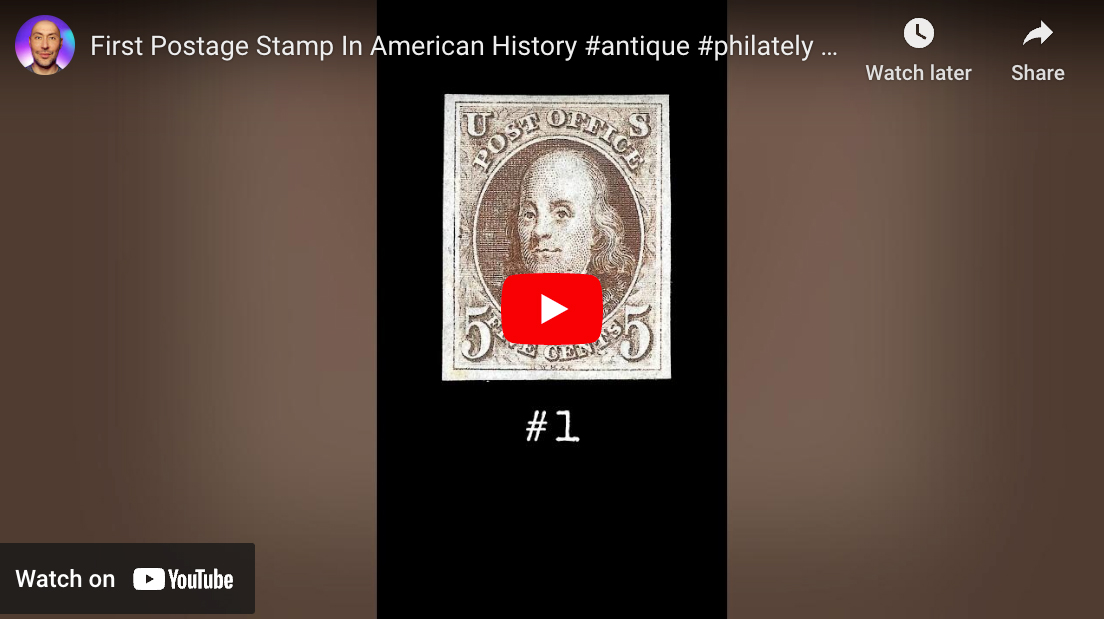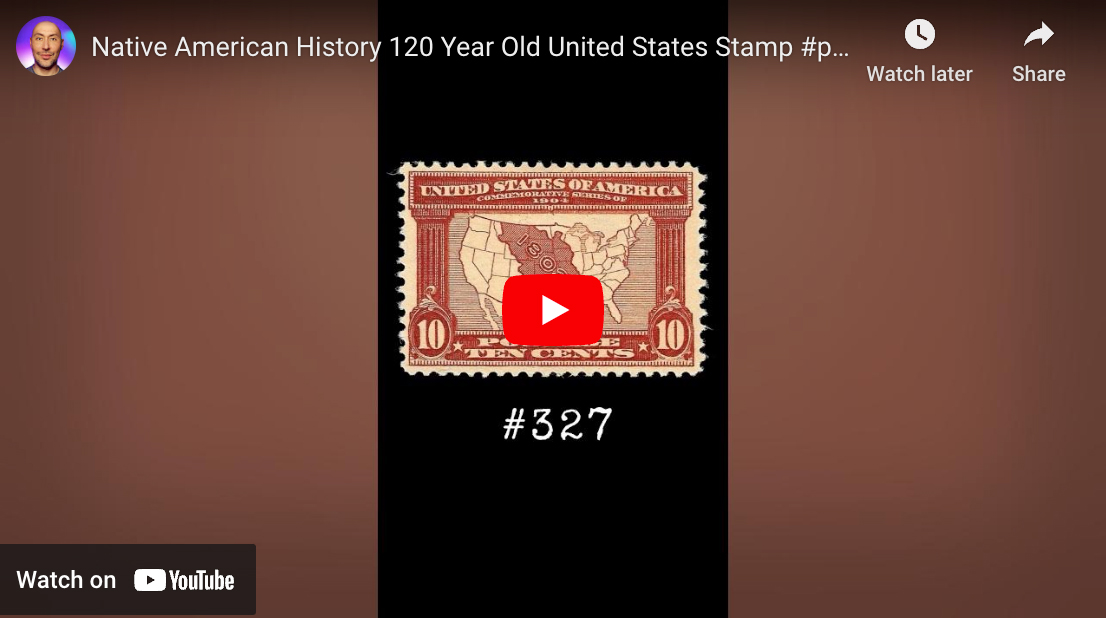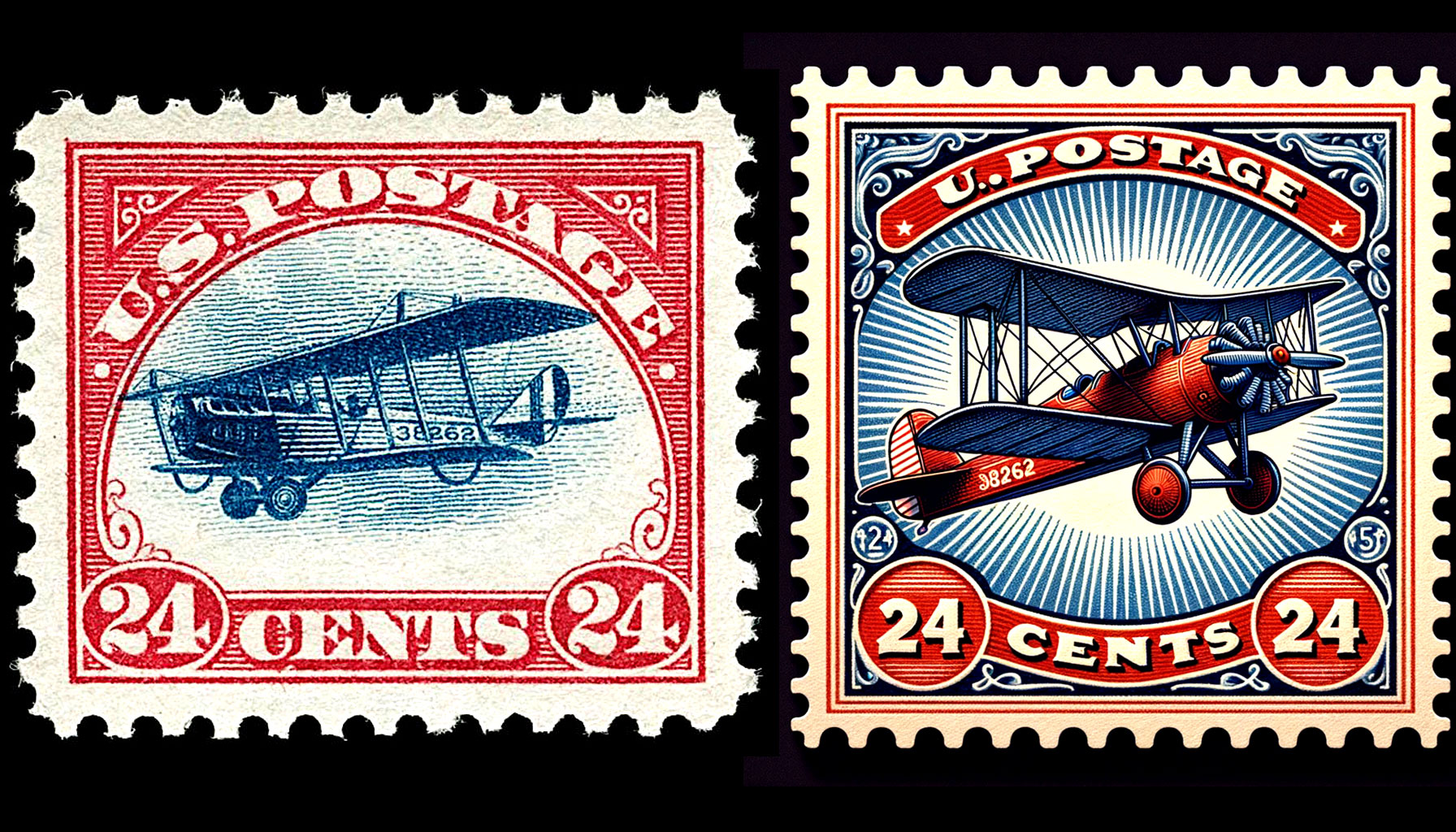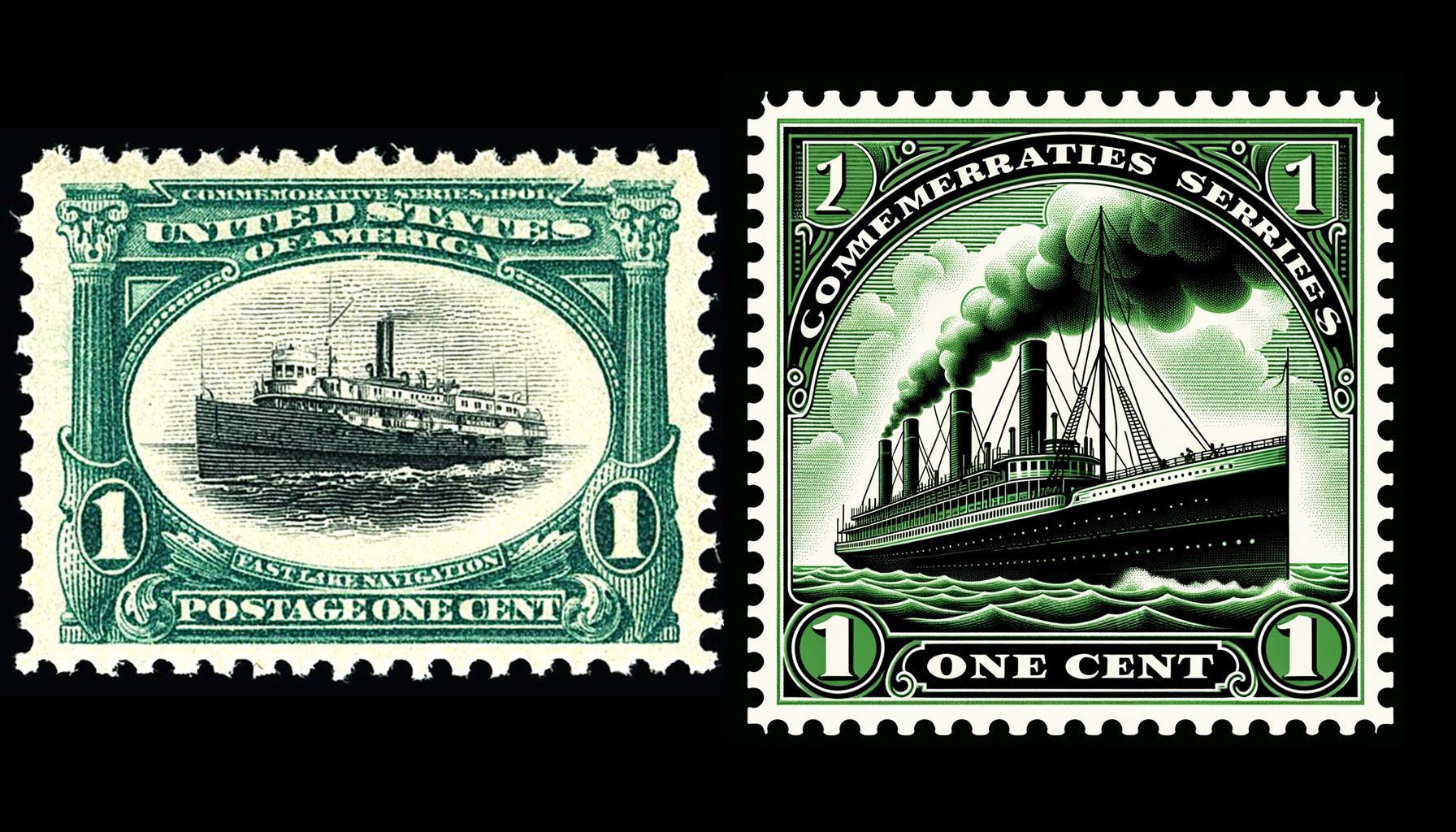Author: Ryan Joneson
-

How To Tell If A Stamp Collection Is Worth Money
Continue reading: How To Tell If A Stamp Collection Is Worth MoneyThere are ways of determining if your stamps are valuable or not, other than looking up things online.
-

The First Postage Stamp In American History (Scott #1)
Continue reading: The First Postage Stamp In American History (Scott #1)This is the first postage stamp ever made by the United States. It was issued in 1847, making it over 175 years old.
-

How I Turned Cheap Postage Stamps Into Big Money
Continue reading: How I Turned Cheap Postage Stamps Into Big MoneyJoin us with our latest results from our stamp submission to PSE for grading.
-

Best Deal In History Or American Tragedy? (Scott #327)
Continue reading: Best Deal In History Or American Tragedy? (Scott #327)This beautifully engraved postage stamp was issued 120 years ago in 1904. It commemorates the 100 year anniversary of the Louisiana Purchase in 1803.
-

How I Increased The Value Of These Stamps
Continue reading: How I Increased The Value Of These StampsJoin us with our latest results from our stamp submission to PSE for grading.
-

Belgrade To Host International Philatelic Exhibition In 2027
Continue reading: Belgrade To Host International Philatelic Exhibition In 2027Belgrade will host the International Philatelic Exhibition In 2027 and will draw thousands of stamp collectors from across the globe.
-

1922 Green Benjamin Franklin Stamp Value
Continue reading: 1922 Green Benjamin Franklin Stamp ValueThe 1922 1¢ Green Benjamin Franklin stamp value is not worth anything despite what you see all over the internet. Here’s why.
-

Topical Stamp Collecting
Continue reading: Topical Stamp CollectingLearn about Topical Stamp Collecting, its history, and tips for building a unique collection centered around specific themes and subjects.
-

AI Stamp Concept Art: Inspired By Scott #C3
Continue reading: AI Stamp Concept Art: Inspired By Scott #C3The world of philately is a treasure trove of history, art, and culture, with each stamp telling its own unique story. Among these historical gems is the Scott #C3, famously known for its depiction of the Curtiss Jenny airplane. Jump Down To Gallery This stamp not only signifies an important era in postal history but…
-

AI Stamp Concept Art: Inspired By Scott #294
Continue reading: AI Stamp Concept Art: Inspired By Scott #294In the realm of philately, the Scott #294 stamp, a part of the Pan-American Exposition series issued in 1901, stands as a testament to the artistic and cultural expressions of the early 20th century. This stamp, with its intricate design and historical significance, has captivated collectors and enthusiasts for over a century. Jump Down To…